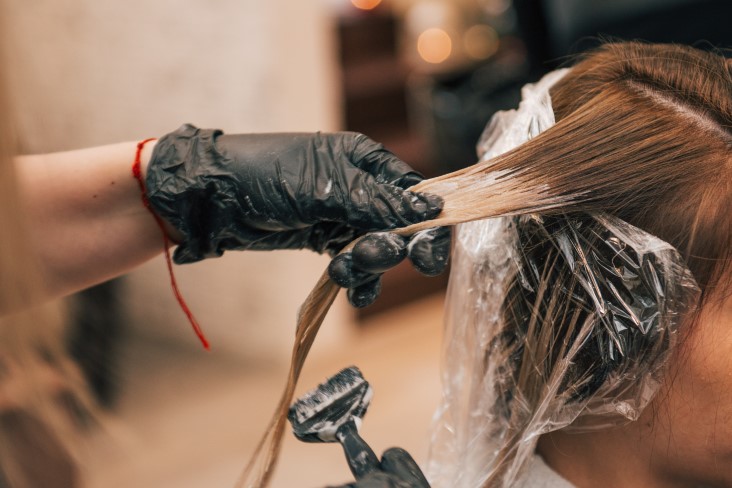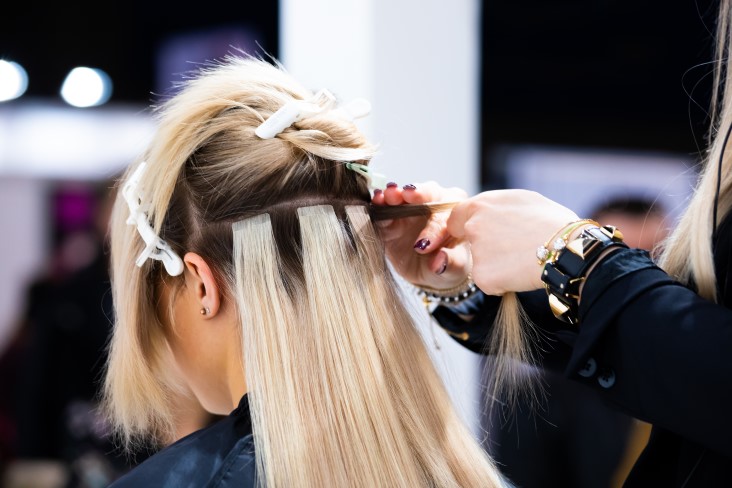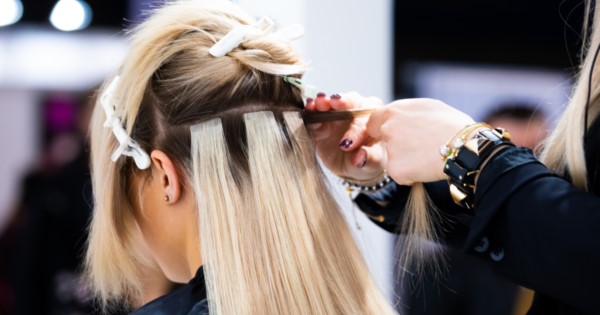
When you think about hairstyling careers, you probably think about the career that gives it its name: cutting and styling hair for clients at a salon. Although this is a great way to utilize a cosmetology education if that’s what you’re most interested in, it’s not the only way to utilize your cosmetology education. If you’re looking for something a little more unique, consider these seven creative hairstylist careers.
1. Colorist
While this might be part of a hairstylist’s job in some smaller salons, certain larger salons have dedicated colorists who exclusively color hair. The creativity and attention to detail that a colorist has to have are incredibly appealing to many cosmetologists. If you find that you excel in coloring when you’re going through cosmetology training, you may want to consider this job after you graduate.
2. Photoshoot Stylist
Styling hair for photoshoots is much different than styling it for daily wear, or even for formal wear. You have to work with the creative director of the photoshoot to understand what they’re looking for in the photoshoot. That could be anything from super wild windblown hair to super sleek formal hair. Being able to work with different creative directions and different requirements is the crucial element to being a photoshoot stylist.
3. Wig-maker
Making wigs is becoming more and more of a possible career for many people. Whereas wigs were once an option that people mostly used when they lost their hair completely for one reason or another, they’re now in vogue for people who just want to change their style every once in a while. Wig-making isn’t easy, but it’s a skill that can be incredibly useful. Your cosmetology skills will come in helpful to style wigs before you send them to their new owner.
4. Platform Stylist
Whereas many other stylists create looks for people to see in their finished form, platform stylists create looks for people to follow from start to finish. As a platform stylist, you’ll perform on a stage, creating new looks to show off collections, techniques, and products. Platform stylists need a flair for the dramatic and an ability to teach effectively, so if you have both of these, you could turn your styling abilities into a platform stylist career.
5. Personal Hair Stylist
Some public figures hire beauty experts to help them with their personal beauty needs. As a personal stylist, you’ll form a personal relationship with your client, understanding their personal sense of fashion and what they prefer in terms of hair and makeup styles. That way, you’ll be able to create a look that encapsulates your client’s brand. Mingling at fashion shows and corporate events can be a great way to get your foot in the door.
6. Fashion Show Stylist
When someone’s walking down a runway, you need to know specific hairstyling techniques that will hold up to the intensity of the lights and action. You also need to be able to work with an entire creative team. Lastly, you need to have the skills to work with hair quickly, effectively and accurately. When you only have a few minutes before the model walks down the runway, you have to make the most of those minutes.
7. Mortuary Stylist
It might seem morbid, but mortuary stylists play a crucial role in helping people feel more comfortable at funerals. These stylists apply makeup and style hair to the deceased in preparation for open-casket funerals. Recreating what a person looked like when they were alive can go a long way in helping to soothe the pain that many of their relatives feel during this difficult time.
Conclusion

Clearly, just styling hair at a salon isn’t the only option for someone with hairstyling skills. Once you’ve completed your cosmetology education at Ogle School, you can utilize it in a variety of ways, ranging from wig-maker to personal stylist and beyond. It’s one of the best reasons to consider cosmetology for your eventual career—the possibilities are nearly endless.



